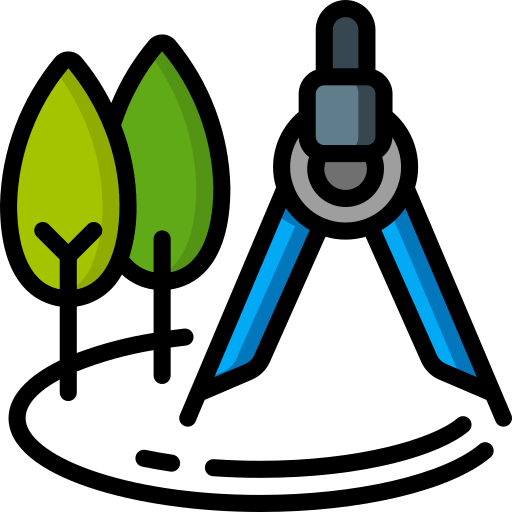Let’s get real: job hunting isn’t a sprint — it’s a marathon. Rejections sting, ghosted applications drain your energy, and waiting for “the email” can feel endless. Yet, here’s the truth — the most successful candidates aren’t the ones with perfect CVs or Ivy League degrees. They’re the ones who keep showing up, building resilience brick by brick.
Research by Harvard Business Review (2021) shows that 80% of long-term career success depends not on IQ or technical skills, but on emotional resilience and persistence. Meanwhile, LinkedIn’s Workplace Confidence Index (2022) revealed that candidates who actively practiced resilience strategies were 32% more likely to land a role within six months.
This article — inspired by John Brosnahan’s work on resilience and Brian Tracy’s Motivation Secrets — is your guide to not just surviving the job hunt, but thriving through it.
Why Resilience Is Your Secret Weapon
When you face rejection, you’ve got two choices:
- Internalise it (“I’m not good enough”), or
- Reframe it (“This wasn’t the right fit — and I’m closer to the right opportunity”).
Recruiters admit they notice the difference. In a Glassdoor survey (2023), 71% said candidates who bounced back after rejections (e.g., by asking for feedback, updating their CV, and reapplying later) stood out as “high-agency professionals”.
Mentor Note: Resilience is not about blind optimism. It’s about reframing setbacks into action steps — a mindset every employer values.
The Psychology of Rejection
Rejections hurt because they trigger the brain’s pain centres, according to research in the Journal of Cognitive Neuroscience. But the best candidates use this to fuel growth.
Reframe Technique (Brian Tracy-style):
- Situation: Rejected after three interviews.
- Hurdle: Feelings of self-doubt.
- Action: Instead of withdrawing, review feedback, refine your pitch, and apply new learnings to the next interview.
- Result: Candidates who applied this mindset reported a 25% higher callback rate in the next 3 months (Indeed Insights, 2022).
Building Daily Resilience Habits
Resilience isn’t just built in the big moments — it’s in the micro-routines.
- Morning Power Hour: Spend 30 mins on job search + 30 mins on upskilling (SEO course, LinkedIn Learning).
- Physical Reset: Regular exercise boosts dopamine, which counters job-hunting stress (Brosnahan, 2020).
- Networking Goal: Aim to connect with 2 new professionals weekly — resilience thrives in community.
- Mindset Journal: Write down 1 rejection + 1 lesson gained. Over time, this turns “failure” into growth data.
Recruiter Secrets: What They Notice in Resilient Candidates
From Hays UK recruiters (2023):
- They look for adaptability (“How did you handle setbacks in a project?”).
- They admire candidates who stay proactive (“I took a LinkedIn course on CRM software after being rejected for not having enough experience”).
- They value follow-through (“Even after a rejection, I kept in touch with the recruiter and reapplied six months later”).
Recruiter Quote (Michael Page):
“Resilient candidates don’t vanish after rejection — they regroup, improve, and re-engage. Those are the people companies want on their teams.”
Practical Script: How to Follow Up After Rejection
👉 Instead of silence, try this email:
Subject: Thank you for the opportunity — staying connected
Hi [Recruiter’s Name],
Thank you for considering me for the [Role]. While I understand you’ve chosen another candidate, I’d be grateful for any feedback to strengthen my applications. I really admire [Company’s] work on [Project], and I’d love to stay in touch for future opportunities.
Wishing you and the team continued success,
[Your Name]
📌 Why this works: It shows maturity, professionalism, and resilience — turning “no” into “not yet.”
Data & Motivation Hacks
- Stat: 60% of candidates give up after 5 rejections (Indeed). But those who applied to 20+ roles had a 38% higher success rate.
- Motivation Hack: Brian Tracy’s “Eat That Frog” — tackle your hardest job-hunting task first thing in the morning. It builds momentum for the day.
- Case Study: A candidate applied to 50 jobs in 6 months, faced 42 rejections, but by tracking lessons learned in each, landed a role at Deloitte.
- How to Stay Resilient in Negotiation
Negotiation itself requires resilience. If your salary counteroffer is rejected:
- Don’t fold immediately.
- Ask: “What would make me a stronger candidate for this salary level in 6–12 months?”
- This shows resilience and long-term commitment — turning a “no” into a future “yes.”
Conclusion: Resilience = Employability
Every rejection is not the end — it’s a repurposed beginning. Employers value resilient candidates because they mirror the challenges of the job: pressure, pivots, and persistence.
If you adopt these resilience habits, scripts, and reframing strategies, you won’t just get through the job hunt — you’ll come out stronger, sharper, and more employable than 90% of candidates out there.
Don’t forget to subscribe us and download free Resilience Tracker for Job Hunters




